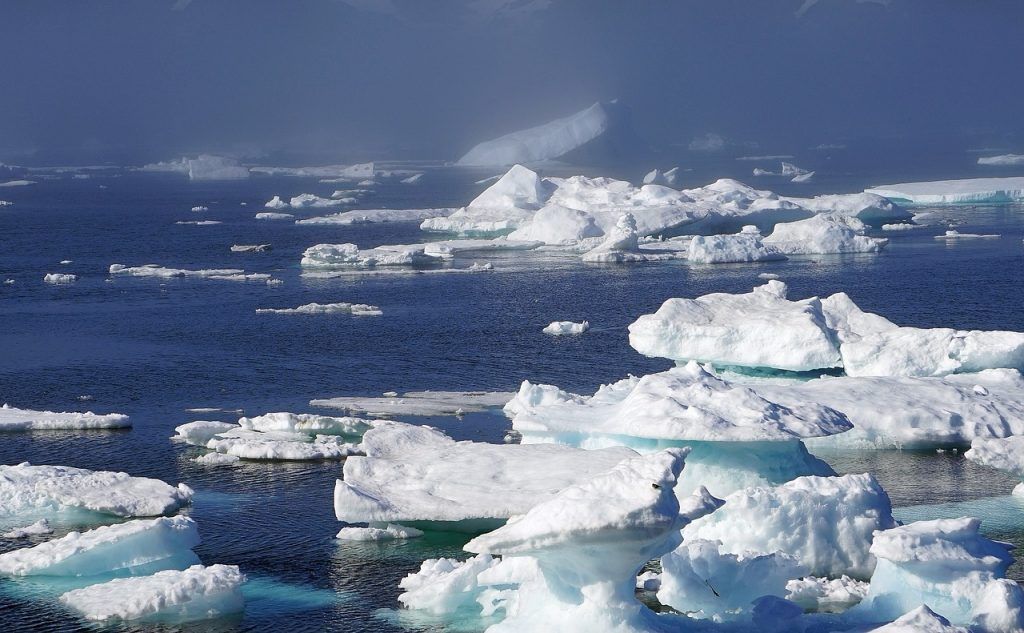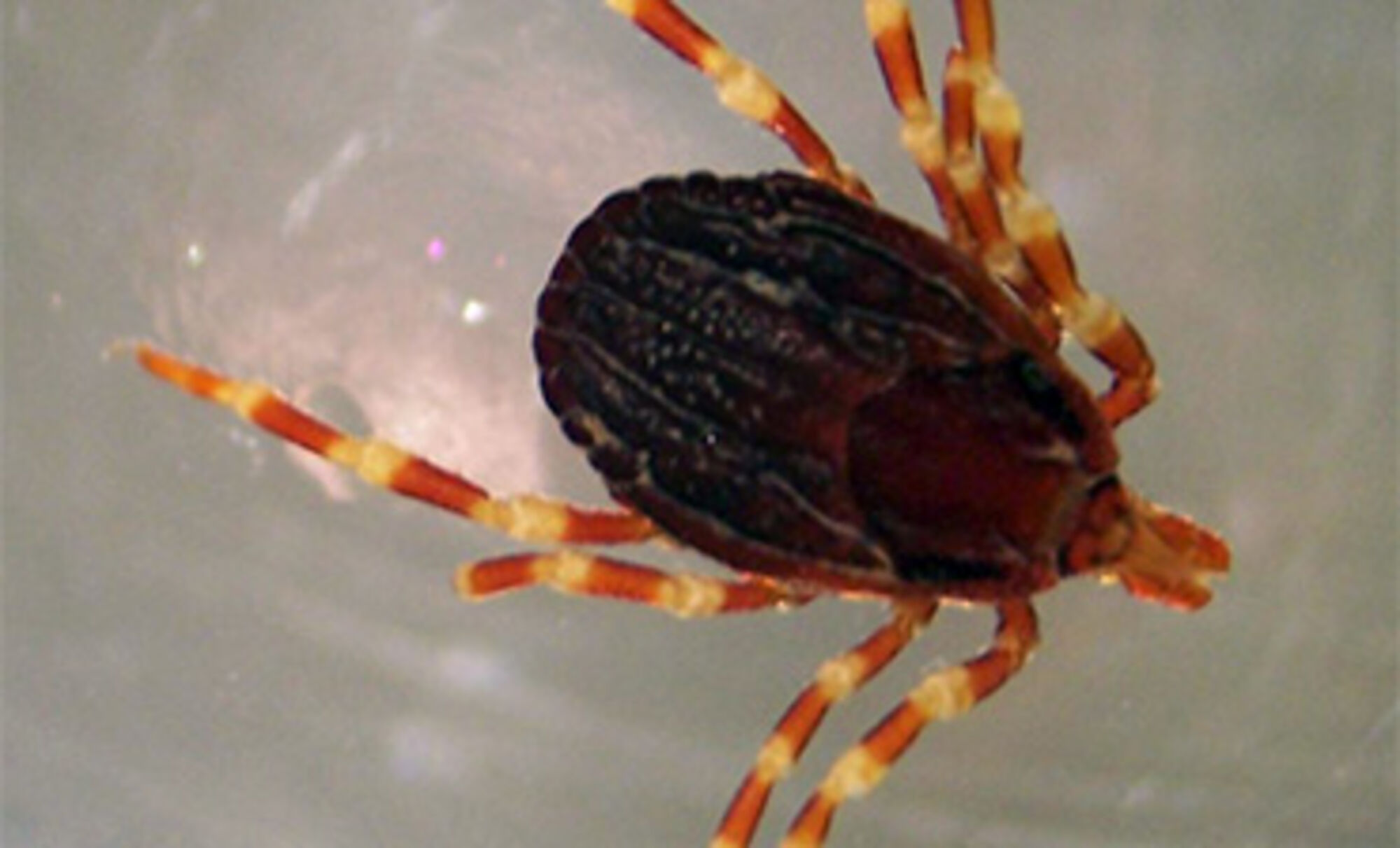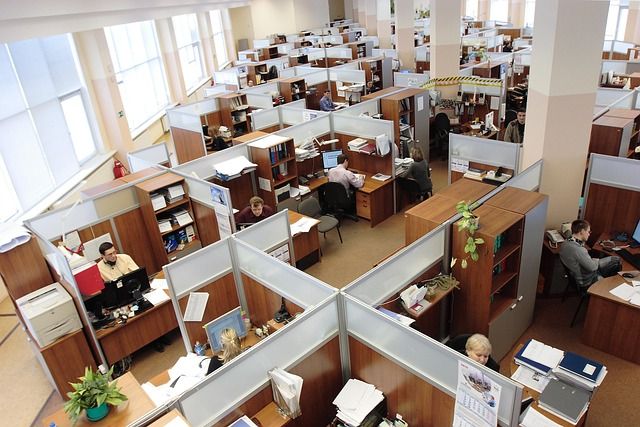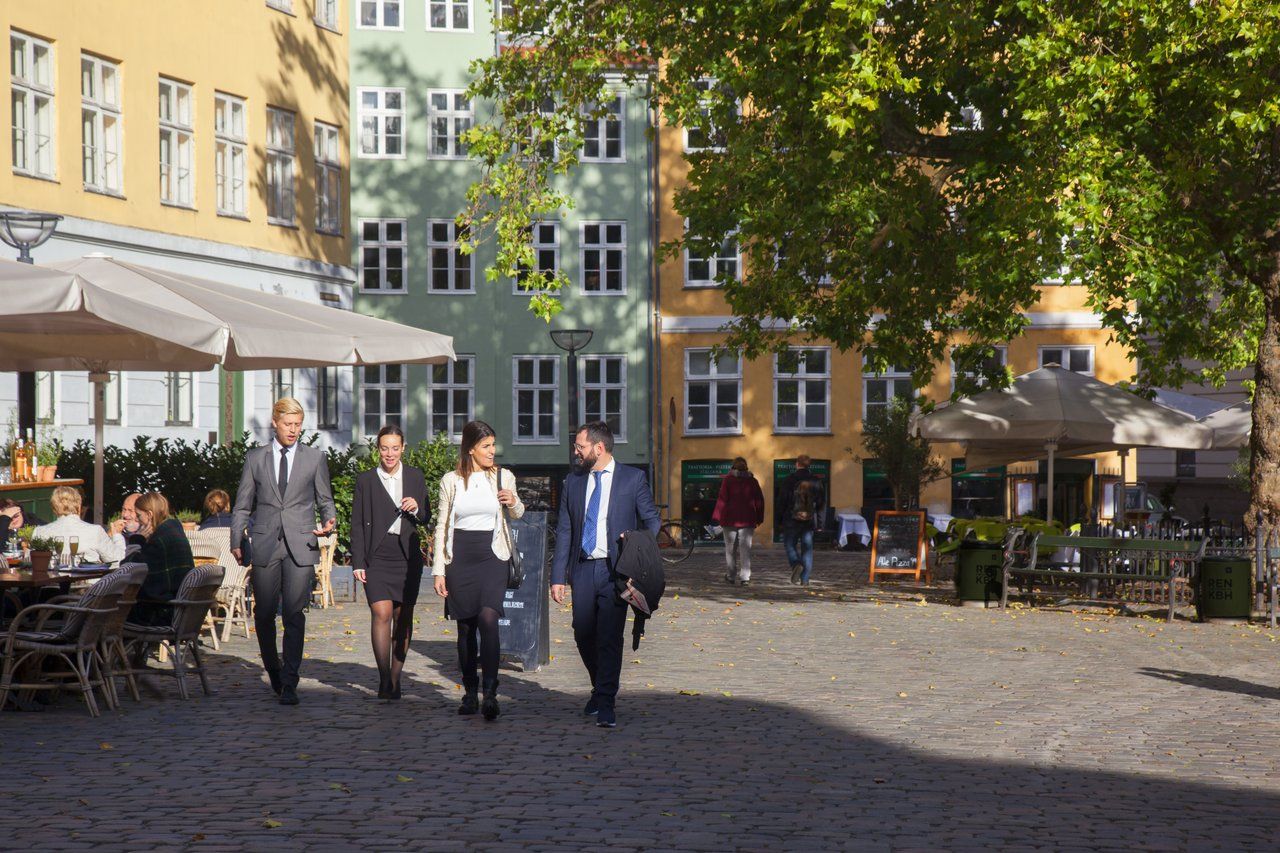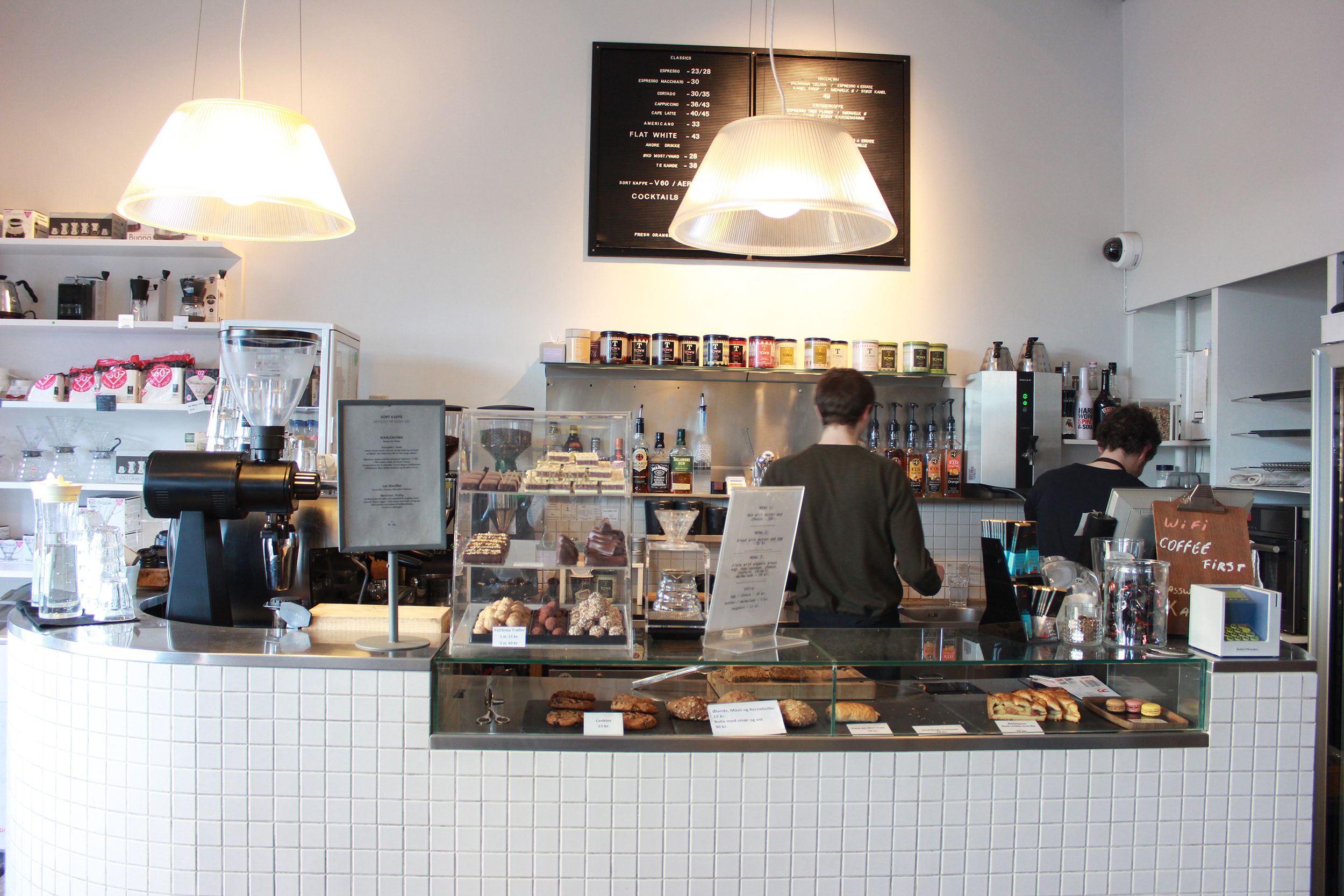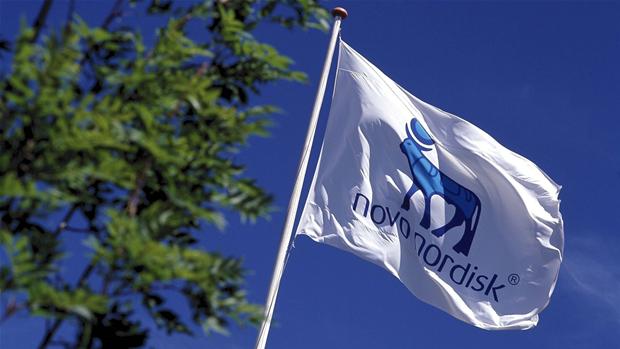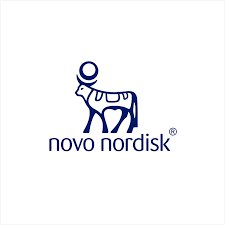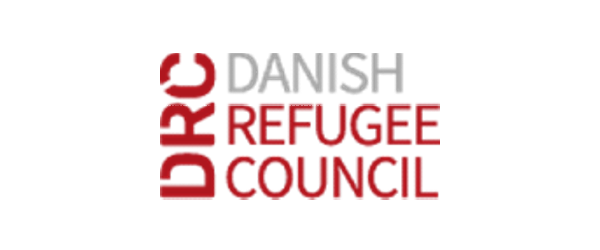When the Roskilde Festival is at its peak, the festival grounds overtake Aalborg to become Denmark's fourth-most populated city. With 130,000 inhabitants, only Copenhagen, Aarhus and Odense have more people.
The population density at the festival is higher than that of cities like Shanghai and Hong Kong.
With so many people in so little space, it would seem that electricity, water and garbage would be a huge burden on the local environment, but the organisers of the Roskilde Festival strive to be as sustainable and environmentally-friendly as possible with a variety of initiatives from using only eco-labelled recycled paper for all promotional material and even the on-site toilet paper to using only LED lighting on the stages.

Food
A slice of bread and a can of tuna or mackerel is a common meal for many festival guests. But when staying at the festival for all eight days, canned fish tends to get a bit repetitive and many therefore chose to enjoy food from one of the more than 145 food stalls at the site. Roskilde Festival has a number of requirements the food stalls must meet. All coffee at the festival, all four tonnes of it, is organic and Fair Trade. Juice, dairy and vegetables must be organic and delivered by local or Danish farmers. All wine, rice and pasta is organic and all food stalls must include a minimum of one vegetarian dish on their menu as a way to encourage people to eat less meat.
Furthermore, the festival holds several workshops that teach people how to save food, make the most of what they have and cook good-tasting and healthy meals. The area around the Odeon stage takes the sustainability commitment a bit further. There, all the food on offer is organic and Fair Trade and the surrounding seats are made of compressed recycled cardboard.
Transport
As the festival site is situated more than two kilometres from Roskilde Station, many people are inclined to drive or take a taxi, as having travelled many kilometres by train and then carrying ten kilo heavy bags plus a few litres of alcohol does not sound very appealing. Roskilde Festival, however, encourages people to use public transportation and therefore established its own train station in 1996 so that revellers can catch a ride between the festival grounds and town. They also have festival buses running from Roskilde Station to the different entrances of the festival. For the people still wishing to drive, there is a service called ‘Roskilde Rideshare’, where people can find passengers or seats in cars and share the transportation costs. Apart from saving money on petrol, Roskilde Festival has also made parking free for ride-sharers.

Rubbish and waste
Roskilde Festival generates about 1.7 tonnes of rubbish over the week, so it is a major effort to keep the area as clean as possible. There are 2,500 rubbish bins in the festival area, and 13 trucks and 300 volunteers strive towards keeping the festival site rubbish-free. Some 93 percent of the waste is burned to create heating and energy for the festival, while the rest is recycled.
And of course, with that many people on hand there is a large amount of human waste to contend with as well. The owner of a vacuum tanker firm that empties the Porta Loos at the festival told metroxpress newspaper that nearly 500,000 kilos of urine and faeces are collected and removed from the festival grounds. And along with all that waste is an estimated 3,500 kilometres of eco-labelled toilet paper, which is equal to the distance between Copenhagen and Cairo.
When the festival ends and people go home, many may find it easy to leave camping equipment behind rather than taking it with them. All abandoned canned food, clothes, tents, sleeping bags, and other items are donated by the festival. From 2009 to 2011, some 3,200 sleeping bags and 2,600 sleeping mats were given to the homeless.
So while the festival's trademark Orange Stage is the most recognisable symbol of Roskilde, the festival hopes that the other colour that comes to mind when one thinks of the festival is green.


